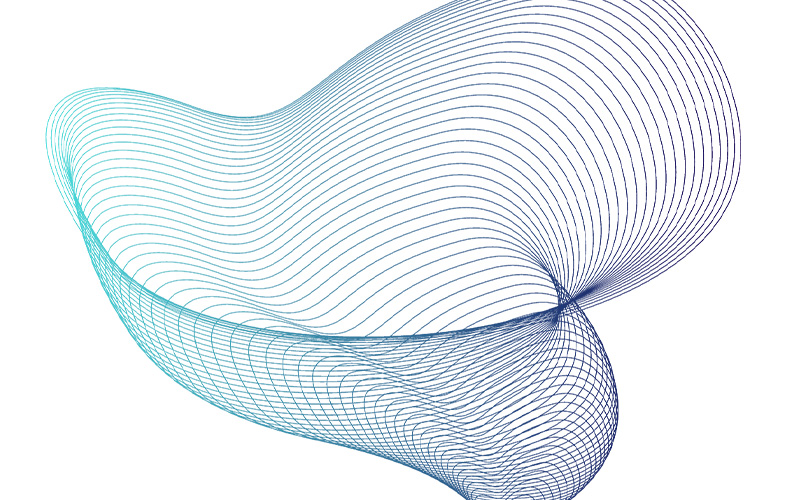Working with health and social care organisations on their remote monitoring journeys
Approach
WM5G’s Health and Care Team worked with the local teams to carry out a focused review to understand the ‘current state’ of service delivery and what will be needed to progress to that ‘future state’. Interviews, focus groups and a desk top exercise were completed to gather feedback and insights to allow the focus on the requirements to progress at scale and pace. This included: identifying and sharing different tech solutions that have been tried and tested nationally and internationally to complement what is already in place but also support future aspirations Understanding what connectivity challenges may need to be addressed as the requirement for tech solutions ramps up both in hospital and community settings, including patients’ homes Developing useful reporting functionality from the wealth of data that is collected that demonstrate patient outcomes and benefits Enhancing the comms and engagement strategy that is in place to ensure staff and patients alike are taken on the journey as this essential and valuable work really ramps up
Challenge
Due to the severe pressure in the health and care system, Integrated Care Systems (ICS’) are working to implement creative and innovative digital solutions to allow the population to access safe and efficient alternatives to NHS bedded care enabled by technology. This includes solutions such as virtual wards, remote consultations, remote diagnostics and assisted living solutions. Organisations across the Midlands (and nationally) are all at different stages of this journey, with some being more advanced in their implementations and others just embarking on theirs
Outcome
The focused piece work was delivered flexibly over a couple of months to avoid disruption to operational services and allow for staff availability for interviews and group sessions. A detailed report and slide set were developed and shared with stakeholders at all levels, including those that had been part of the interviews and group sessions so they could see all feedback that had been shared and recommendations coming from the review. The findings were presented at Board level, with some thought provoking questions posed to enable quality discussions on the ‘what next’. The review produced a robust summary of the current state of the remote monitoring solutions in place or services prior to moving to those solutions. It helped to demonstrate success despite the challenges in the system, but also described areas of focus to allow a smoother acceleration of remote monitoring solutions in response to the needs of the local population, and the need to reduce pressure in the system.

